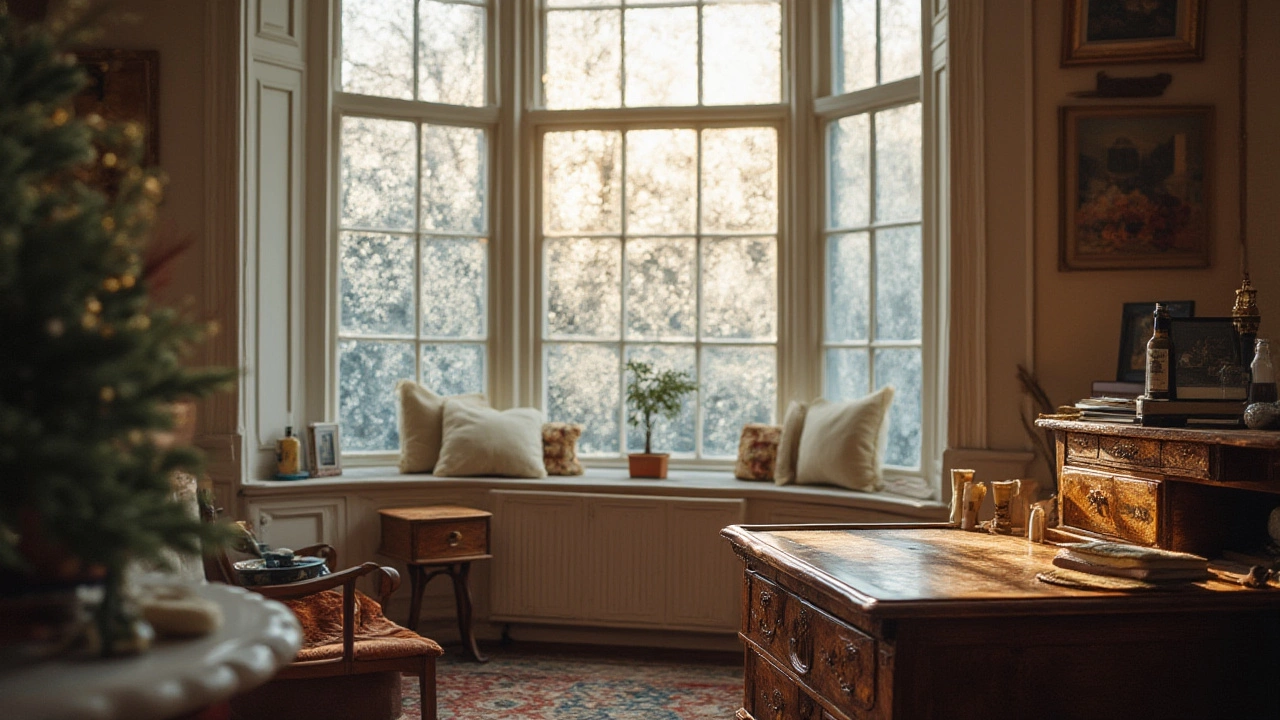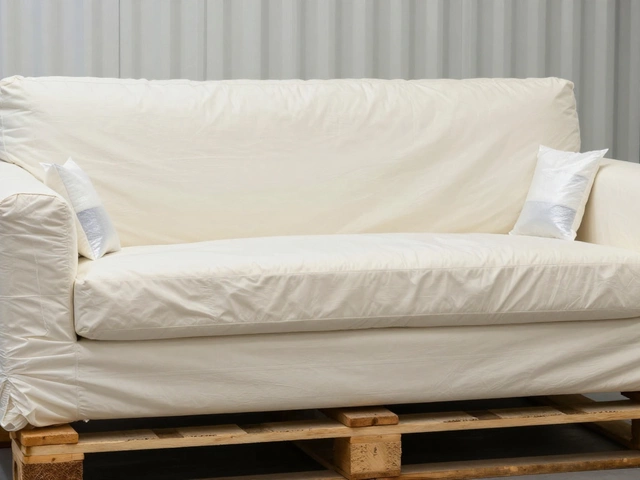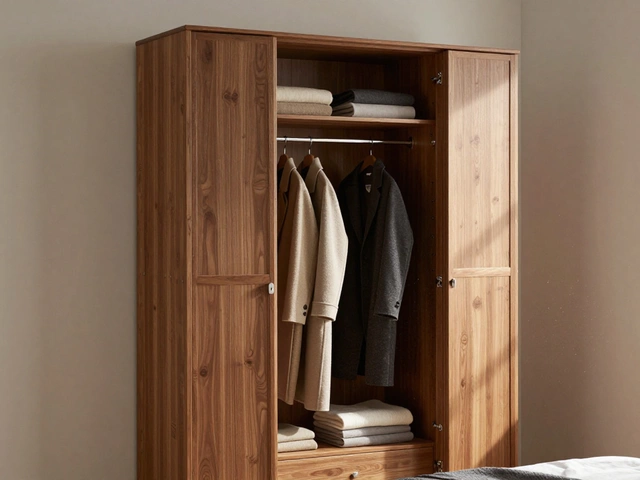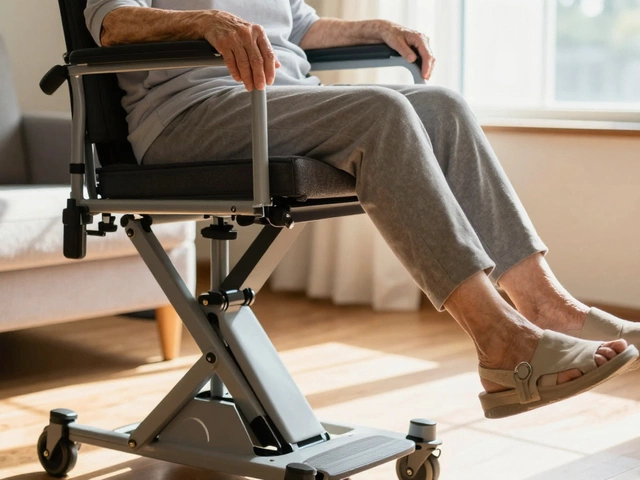Furniture Temperature Limits: What Temperatures Your Home Pieces Can Handle
Ever left a coffee table near a radiator or stored a sofa in a chilly attic? Most people don’t think about temperature when they pick furniture, but the right range can be the difference between a piece that lasts for years and one that warps or cracks in months.
Wood and Veneer: How Hot Is Too Hot?
Wood loves a stable environment. Ideally keep indoor wood furniture between 60°F and 75°F (15°C‑24°C). Anything above 85°F (29°C) for a long stretch can cause the finish to soften and the grain to expand. That’s why you’ll see sun‑faded spots on a dining table placed near a window.
If you need to move a wooden piece outside for a party, try to limit exposure to direct sunlight to less than an hour. A quick tarp or shade umbrella does the trick. When the temperature does spike, wipe the surface dry and let it cool before using it again.
Metal Frames and Outdoor Furniture: Cold Can Be a Problem Too
Metal frames are tough, but they’re not immune to temperature swings. Aluminum and steel can contract in sub‑freezing temps, leading to joints that feel tight or screws that strip. Keep outdoor metal furniture above 32°F (0°C) when possible, or use a weather‑proof cover to trap a bit of heat.
On the hot side, metal can become scorching. If the ambient temperature is over 95°F (35°C), place cushions or covers between you and the frame. This not only protects your skin but also prevents the paint from blistering.
Upholstery and Fabrics: Moisture Meets Temperature
Upholstered chairs and sofas have a sweet spot too—generally 65°F to 75°F (18°C‑24°C) with relative humidity around 40‑60%. Too much heat dries out the fibers, making them brittle. Too much cold combined with humidity can encourage mold growth.
Got a leather couch? Keep it out of direct sun and away from heating vents. A quick wipe with a leather‑safe conditioner after it cools down will help maintain flexibility.
Practical Tips to Guard Your Furniture
1. Use thermometers. A simple room thermometer tells you if you’re staying in the safe zone.
2. Cover outdoor pieces. Fabric or vinyl covers add a layer of insulation and keep rain off metal frames.
3. Rotate placement. Move a favorite chair away from a sunny wall during summer and swap it back in winter.
4. Allow acclimatization. When bringing a new piece inside from a garage or shed, let it sit for a few hours so the material adjusts to the indoor temperature before you assemble it.
5. Check warranties. Some manufacturers list exact temperature limits in their care guides. Following those specs can save you from voiding a warranty later.
Understanding furniture temperature limits isn’t rocket science, but it does save you money and hassle. Keep an eye on the thermostat, respect the material’s comfort zone, and your chairs, tables, and sofas will thank you with years of good looks and solid performance.
How Cold is Too Cold for Furniture? Protecting Your Home Pieces from Extreme Temperatures
How low can temps go before your furniture cracks, warps, or suffers hidden damage? Find out the cold truth behind furniture survival, care tips, and which pieces need the most protection now.







